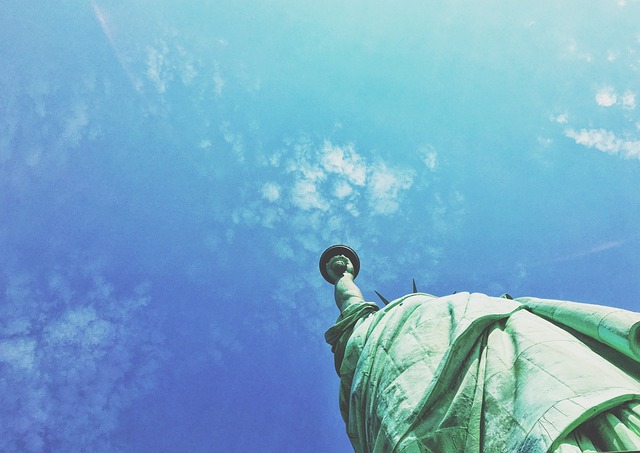pixo 👌 Pixo: A Form of Urban Resistance

Pixo: A Form of Urban Resistance
In the heart of many Brazilian cities, a unique and controversial form of expression has taken root: pixo. This art style, characterized by its striking, angular letters, often adorns the surfaces of buildings, bridges, and walls, igniting passionate debates about urban identity, art, and the very fabric of society. While some view pixo as mere vandalism, a closer examination reveals that it represents a profound form of urban resistance, an assertion of identity, and a challenge to the status quo.pixo
Pixo emerged in the bustling streets of São Paulo in the late 1980s, a time when the city was grappling with rapid industrialization and social upheaval. This context gave rise to a new generation of artists, often marginalized by society, who sought to reclaim their urban environment. Through pixo, they found a voice, a way to express their frustrations and aspirations against a backdrop of economic disparity and political turmoil. The raw and aggressive nature of pixo is a reflection of this struggle, embodying the spirit of those who feel oppressed and unheard.pixo
What distinguishes pixo from other forms of street art is its immediacy and transience. Unlike traditional graffiti that often showcases intricate designs or elaborate murals, pixo is minimalist in its approach—quickly executed with spray paint or markers and often rendered in a black or white color scheme. This brevity serves a purpose: it allows artists to work swiftly, evading the authorities while making a bold statement. The speed of execution speaks volumes about the urgency of their message, highlighting the plight of those who inhabit the margins of society.pixo

Critics argue that pixo is a blight on urban landscapes, detracting from the aesthetic appeal of cities and contributing to a sense of disorder. However, this perspective overlooks the underlying significance of this art form. Pixo is not merely an act of defiance; it is a form of dialogue with the city, an attempt to engage with its inhabitants and provoke thought. The messages conveyed through pixo often address social issues, such as poverty, inequality, and political corruption. In this sense, it serves as a visual commentary on the human condition, challenging viewers to reflect on their surroundings and the societal structures that govern them.pixo
Moreover, pixo has evolved into a symbol of cultural identity for many urban dwellers. In a country where socio-economic divides are stark, this art form transcends linguistic barriers, allowing individuals from diverse backgrounds to connect with one another. The shared experience of navigating the complexities of urban life fosters a sense of community among those who participate in or appreciate pixo. It is a celebration of resilience, a declaration that their voices matter amid the cacophony of urban existence.pixo

The passion behind pixo also lies in its ability to subvert traditional notions of art. In a world where art is often confined to galleries and institutions, pixo democratizes the creative process, bringing art back to the streets where it belongs. This accessibility challenges the elitism often associated with the art world, inviting everyone to engage with and interpret the messages conveyed through this medium. It is an assertion of agency in a society that frequently marginalizes the voices of the underprivileged.pixo
As cities continue to evolve, the role of pixo in urban culture remains contentious. While some municipalities have taken a hardline stance against it, instituting fines and penalties for those caught engaging in this form of expression, others recognize its potential as a catalyst for dialogue and change. Initiatives that seek to bridge the gap between artists and city officials have emerged, promoting collaboration rather than confrontation. These efforts demonstrate an acknowledgment that pixo is more than just vandalism; it is a vital part of the urban narrative.pixo
In conclusion, pixo is not merely an act of rebellion; it is a powerful form of urban resistance that encapsulates the struggles and aspirations of those who inhabit Brazil's cities. It challenges societal norms, provokes important conversations, and fosters a sense of community among urban dwellers. As we navigate the complexities of modern urban life, it is crucial to embrace and understand the significance of pixo, recognizing it as a legitimate art form that reflects the pulse of society. By doing so, we honor the voices of those who dare to express themselves in the face of adversity, ultimately enriching our collective urban experience.
Fale conosco. Envie dúvidas, críticas ou sugestões para a nossa equipe através dos contatos abaixo:
Telefone: 0086-10-8805-0795
Email: portuguese@9099.com


